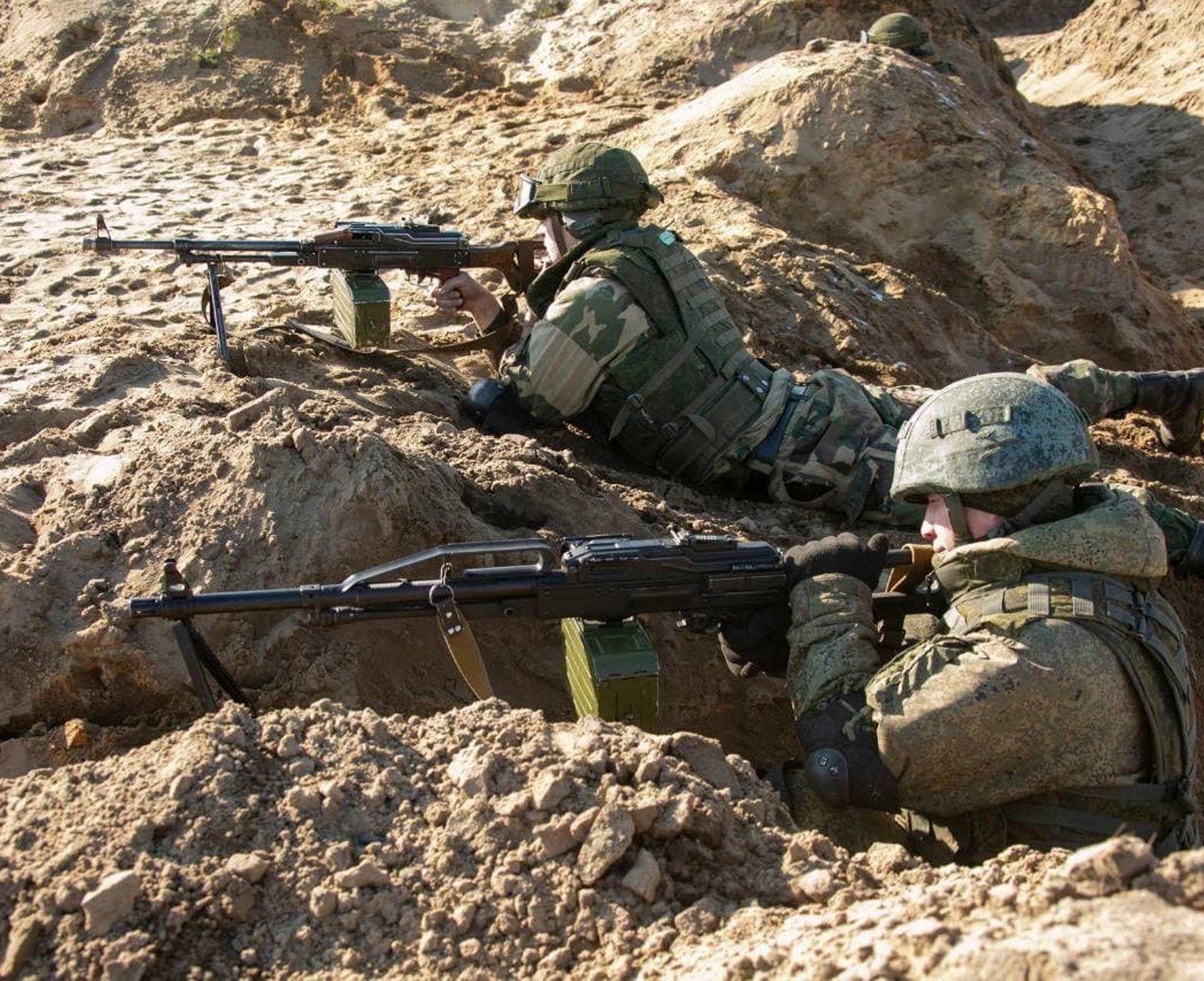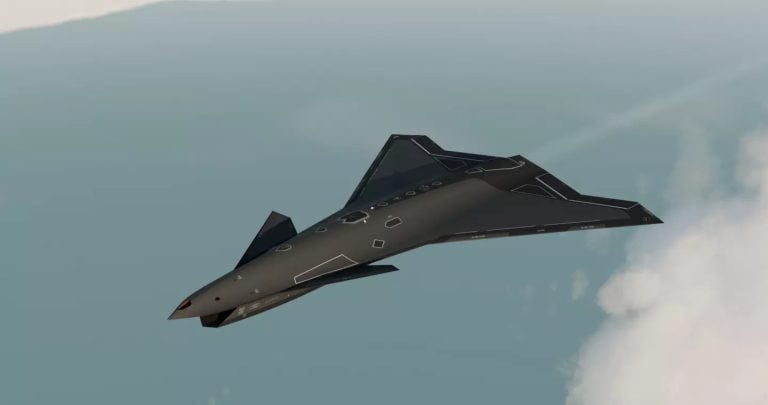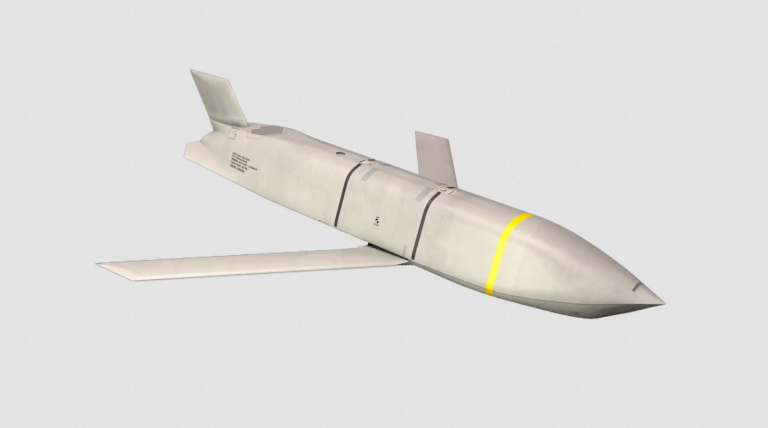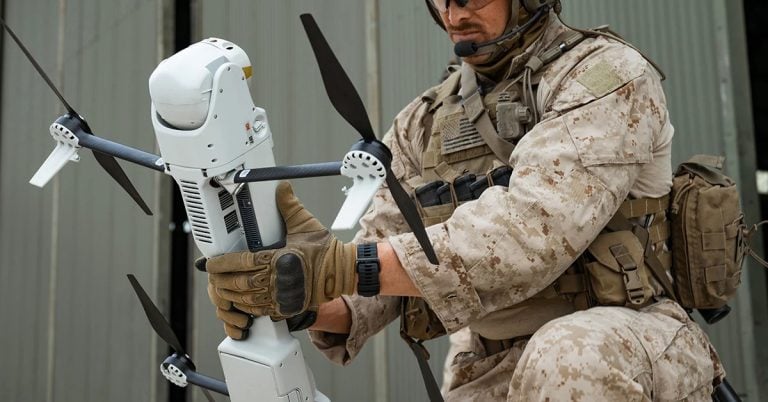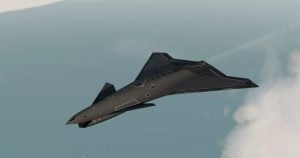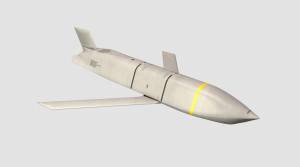Russia and its close ally Belarus kicked off significant joint military exercises early Friday, raising alarms within NATO, especially after Poland accused Moscow of escalating regional tensions by sending attack drones through its airspace. The “Zapad” maneuvers come at a time when Russian forces are intensifying their operations along the front lines in Ukraine, including an uptick in aerial assaults on Ukrainian cities.
Countries on NATO’s eastern flank, particularly Poland, Lithuania, and Latvia—bordering Belarus—are now on heightened alert. Belarus has announced that the drills will occur near Borisov, a location to the east of its capital, Minsk. In response to the upcoming exercises, Poland has implemented a complete closure of its border with Belarus for the duration of the drills.
Polish Prime Minister Donald Tusk characterized the situation as particularly tense, indicating that Poland is closer to “open conflict” than it has been since World War II. This assertion follows claims that Polish and NATO jets were scrambled to intercept Russian drones flying into Polish airspace earlier this week. In a statement, Russia’s defense ministry confirmed that the joint maneuvers between Russian and Belarusian armed forces had commenced.
While Moscow has attempted to downplay the significance of the exercises, describing them as planned and not aimed at any specific nation, Ukrainian President Volodymyr Zelensky expressed concerns that the drills were indicative of aggressive intentions not just towards Ukraine but potentially beyond. Adding to the tension, Russia reported it had intercepted 221 Ukrainian drones over its territory in a single night.
Typically held every four years, this iteration of the Zapad exercises is the first to occur during the ongoing conflict in Ukraine and is scheduled to continue until September 16. In 2021, around 200,000 troops participated in comparable drills shortly before the onset of the Ukraine offensive. However, this year’s exercises are expected to be smaller in scale, given that a significant number of Russian troops are currently engaged in Ukraine. Earlier forecasts from Belarus indicated involvement of approximately 13,000 troops, but those numbers were later scaled back.
The exercises are believed to simulate scenarios concerning the Suwalki corridor, a strategic land route between Poland and Lithuania that is flanked by Belarus and the Russian exclave of Kaliningrad. The corridor is seen as a potential vulnerability for NATO and could be a prime target in a Russian operation. Despite these concerns, Belarusian President Alexander Lukashenko dismissed such fears as “utter nonsense,” even as he noted earlier that the drills were being moved away from the borders with Poland and Ukraine to diminish regional tensions.
Moreover, Poland has taken measures to close its remaining border crossings with Belarus, a move that drew criticism from Moscow. Additionally, Lithuania and Latvia have announced partial airspace closures as a precaution.
The presence of tactical nuclear weapons in Belarus has further complicated the situation. Minsk announced in August that the drills would incorporate Russia’s new experimental nuclear-capable missile and include training for nuclear strikes. Analysts are divided on the significance of these drills, with some, such as Alexander Khramchikhin, suggesting they are being overstated and simply represent routine military exercises. Others, like Vassily Kashin, argue that these drills serve both as a demonstration of power and real combat training, indicating a readiness to defend Belarus if necessary.
The ongoing rivalry and simultaneous military exercises between Russia and NATO’s eastern members is anticipated to continue, reminiscent of confrontations from the Cold War era.
